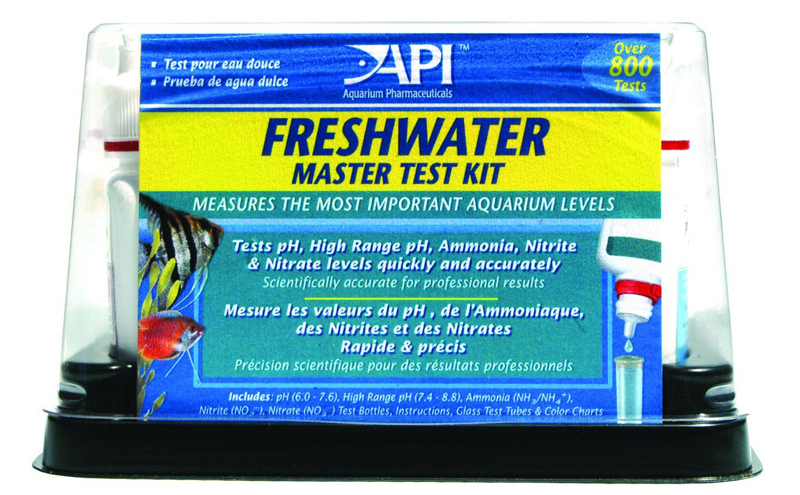
Bettafish Home - Choosing The Betta Fish Tank - How Many Betta Fish? - Betta Fish Tank Setup and Maintenance - Heating and Lighting the Betta Fish Tank - Aeration and Filtering for the Betta Fish Tank - Gravel and Decorations for the Betta Fish Tank - Feeding Your Betta Fish - Betta Fish Diseases - Betta Fish Information and Facts
Betta Fish Tank Setup and Maintenance
Setting up a new fish aquarium should be done slowly and carefully. An aquarium is a delicate eco-system in its own right and achieving the right balance of micro-organisms is crucial. Refer to the other pages in this website for more information about choosing the right betta tank, water filters and air pump, heating and lighting and gravel and decorations. Keep reading this page to learn about the fundamentals of keeping your aquarium safe from ammonia and nitrates.
You worst enemies in the betta aquarium are ammonia and nitrates (a derivative of ammonia). Ammonia is produced by your betta fish - the more they eat, the more ammonia will you get in the water. Ammonia is also created by particles of decaying plants and excess food. Ammonia in the water is very dangerous to your betta fish.
The ammonia needs to be broken into less harmful substances by special beneficial bacteria. The bacteria lives on the gravel and the objects inside the fish aquarium, but it needs time to develop in sufficient quantities. The bacteria break the ammonia into the less harmful nitrites, which are then broken into the harmless nitrates. This process is referred to as the Nitrogen Cycle.
If you're setting up a new aquarium from scratch, you should not introduce more than one or two betta fish for the first few months. Too many fish with too little bacteria will cause the ammonia level in the water to rise and harm your bettas. It is possible to use chemical filters and other devices to help control the ammonia levels, but for the beginner betta fish owner, it's always best to start safely with no more than two fish.

Click to see this Freshwater Master Test Kit on Amazon
You can monitor the levels of ammonia and nitrates in your betta fish aquarium by using a special test kit. The test kit usually contains color-coded test strips that show you the levels of ammonia and nitrate levels, as well as PH level, water hardness and other parameters. You may think these kits are strictly for the pros, but actually if you're new to fish, you would probably need to monitor the ammonia level in your aquarium very carefully. Even over-feeding your betta fish, can cause a sudden rise in ammonia levels in your aquarium, and kill your bettas virtually overnight.
To keep the water in your aquarium clean and ammonia free, you have to change approximately 15%-20% of the water every two weeks. Let the new water stand in a clean bucket for 24 hours before you add them to the tank where your betta fish live. That way you will lose most of the chlorine present in tap water. Don't change more than that at once - you might lose too much of the beneficial bacteria in the process and stress your betta fish.
Copyright©2004-2016 BettaFish.Info
Visit these pet sites: Cat Pics Blog | Goldfish Care | Teddy Bear Hamsters